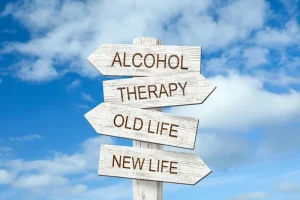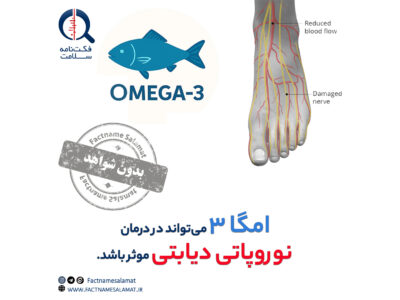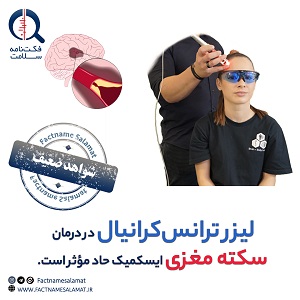When chronic substance use occurs over a long period, these short-term physical effects may cause long-term changes to a person’s brain and body. This article discusses the physical and mental effects of substance use disorder. Many facilities will accept Medicaid health insurance how long is drug rehab for substance use treatment, but not all will. When choosing a rehab program, you should consider individual needs and circumstances. Much like with IOP, you will go to the rehab facility every week but your time spent in therapy each day will be less than what it was with IOP.

What Is the Average Length of Stay in Drug Rehab?

This phase of rehab can last from a month to years after you leave a rehab. Psychological treatment is often the cornerstone of residential drug rehabilitation. While in a residential drug rehabilitation program, a recovering addict will undergo daily individual behavior therapy and group counseling sessions for as long as you are enrolled at the rehab.
What To Look For In A Long-Term Residential Treatment Program

The top qualities of this facility include a 4.3-star Google rating and backing from the County of San Diego Health and Human Services Agency (HHSA). Hosted by therapist Amy Morin, LCSW, this episode of The Verywell Mind Podcast, featuring addiction specialist Erica Spiegelman, shares the skills that help in recovery. Many of the same techniques used in individual therapy are used in group therapy, such as psychoeducation, motivational interviewing, and skill development. You’ll be served breakfast and afterward, attend your first session of the day, such as group therapy.
- Detoxification is a powerful procedure to remove substances such as drugs and alcohol from the body.
- Long-term recovery involves staying sober for an extended period of time and is a unique experience to each individual.
- By understanding what will happen during treatment, you can be prepared for the challenges ahead.
- Providers look for a type of antibiotic, or a combination of medicines, that’ll treat your infection.
- You may also take part in 12-step or other peer recovery support groups.
- Most people are either intoxicated or in withdrawal when they enter rehab.
How do healthcare providers treat antibiotic-resistant bacteria?
This rehab program is accredited by the Joint Commission and is a member of the National Association of Addiction Treatment Providers (NAATP). Addiction and substance use disorder affects over 17% of the American population. The frequency of outpatient sessions varies and is often tailored according to individual needs, ranging from multiple times a week to once a month.
Different Lengths of Drug and Alcohol Rehab Programs
Committing to a rehab stay means spending time away from work, school, and other obligations until treatment is completed. Another reason a longer rehab program can be beneficial is because it allows individuals who struggle with addiction the opportunity to work on the root causes of the addiction. In order to successfully overcome an addiction, the individual must understand why they are using substances. If this is your first attempt at rehab, you’ll need to learnhow to find a quality addiction treatment center. Some centersonly provide detox, which does little to treat the underlying causes of addiction.
- Antibiotic resistance is a concern because it removes tools from the toolkit healthcare providers use to treat you when you’re sick.
- Friendship House is an 80-bed treatment facility that offers residential care for up to six months.
- Residential treatment is a form of live-in substance abuse treatment that generally lasts longer than a clinical inpatient program.
- Individual therapy will be integrated as well as support groups such as 12-Step meetings.
- 90-day programs are one of the most impactful because it allows for more time to become adjusted to life without drugs or alcohol.
Other centers only provide outpatienttherapy or treatment for specific addictions, such asalcohol addiction or opioid addiction. A “steps down” approach is typically recommended following a long-term residential addiction treatment program. This may include continuing treatment at an intensive outpatient program, alongside 12-step support groups and continued therapy. For people with a long-standing addiction, co-occurring disorders, medical needs, or have relapsed, a 90-day rehab be a more appropriate option than short-term programs. Alcohol or drug treatment that lasts longer can give you more time to practice relapse prevention skills and prepare for independent living outside of the facility.
Many different forms of substance use treatment are available, but not all programs are appropriate for all people—some recover after a few days, while others may require a longer treatment program. Many people want or need further treatment after they complete higher levels of care, such as residential rehab or IOP. Depending on your needs, you’ll spend more or less time in outpatient rehab. Outpatient programs can also vary greatly, in that they may last just a few weeks or more than a year. Whether you complete residential rehab first or jump right into it after completing a medical detox program, an Intensive Outpatient Program (IOP) is often the next natural step in the addiction treatment process.
What Does a Typical Day in a Treatment Center Look Like?
Whereas some inpatient rehab programs are housed within a hospital, long-term drug treatment programs usually have their own facility that’s dedicated to alcohol or drug rehab. While asking “how long is rehab for alcohol,” it is pertinent to consider the three structured programs and extensions, depending on the substance use history of the person. Many individuals dependent on drugs and alcohol start with a 30-day rehab time. In some cases, the individual gains insight into the need to continue the program further or round off the 30-day therapy and proceed to aftercare going forward.


 از تاثیر تمرینات قلبیتنفسی و مقاومتی بر عملکرد حرکتی در بیماران دچار سکته مغزی چه میدانیم؟
از تاثیر تمرینات قلبیتنفسی و مقاومتی بر عملکرد حرکتی در بیماران دچار سکته مغزی چه میدانیم؟





دیدگاهتان را بنویسید